ARTICLE AD BOX
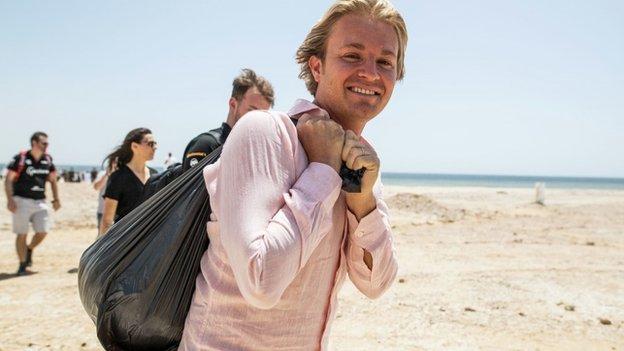 Former F1 champion Nico Rosberg now runs an Extreme E team and other green business initiatives
Former F1 champion Nico Rosberg now runs an Extreme E team and other green business initiativesWith a strong message promoting climate awareness and gender equality, and a team backed by Lewis Hamilton, Extreme E arrived to quite the fanfare in 2021.
The series raced battery-powered 'electric SUV' 4x4 cars around improvised off-road circuits in locations affected by climate change, incorporating 'legacy projects' to leave a positive mark along the way.
Alongside that, social change was also acknowledged, with each of the nine teams fielding one male and one female driver, addressing the lack of female presence in motorsport.
Five races might not seem like much of a season in elite sport's event-saturated modern era, but in a year ravaged by the coronavirus pandemic and races set on temporary tracks in the world's remotest areas, it's a wonder anything happened at all.
"We're super happy to just have made it with a full season. It's been so tough," says chief executive officer Alejandro Agag, part of a team who found the money and the will to launch a carbon-neutral antidote to fuel-powered racing like Formula 1, and which transports its cars and equipment around the world on one ship - the reconditioned St Helena.
"One example was when all the gear and the cars and everything had been shipped up to Greenland [the flagship race and first motorsport event at the polar ice cap] but we didn't have permission to race because of Covid. We only got it the day before - we spent millions and millions setting everything up. We were close to having to stop."
- Watch the final race
- Motorsport's modern-day Spanish explorer plans to change the way we race
- How Hamilton can use his power and influence beyond sport
 Agag, middle, celebrates at the final race in Dorset with RXR drivers Molly Taylor and Johan Kristoffersson
Agag, middle, celebrates at the final race in Dorset with RXR drivers Molly Taylor and Johan KristofferssonWhat is Extreme E actually trying to do?
So was it even worth it? And what good will raising awareness actually do?
"Awareness is only step one," says Agag. "Awareness is high in some areas of the world, but definitely in some areas not.
"Action is what counts - we are very much about action. You cannot do action without awareness. Awareness is what makes it possible."
Awareness for the audience - who are all watching on television as there are no spectators at each race - is seeing what is happening to the places they are racing in.
Action, for Extreme E, was legacy - an often expensive response to a weekend of racing: in Dakar, the port capital of Senegal in west Africa, drivers, organisers and associated environmentalists helped plant a million mangrove trees, as well as cleaned huge amounts of plastic off the beaches where they competed.
"It's one of the achievements I am very proud of," says 2016 Formula 1 world champion Nico Rosberg. "We're racing here for the planet, and so it means even more - I always want to win but what we're doing here is helping the fight against climate change."
Was the racing entertaining?
The racing was most certainly enjoyable for Rosberg, whose RXR team won the title in dramatic circumstances in Dorset at the season-ending Jurassic X-Prix earlier in December.
Rosberg had an intense rivalry with Hamilton as his Mercedes team-mate in F1, so it was perhaps inevitable the title race went down to the final event with Hamilton's X44 team - the two finishing on 155 points each, with RXR drivers drivers Johan Kristoffersson and Molly Taylor winning on victory countback across the season.
"It's so cool to have Rosberg v Hamilton again - that we finished on level points, that's crazy," adds the 36-year-old.
The difference, though, was that the now-retired Rosberg was at each event, overseeing his team in races that often punished the brave in unpredictable, muddy or dusty conditions where it was hard for drivers battle on track.
The series did have its dramatic moments, but driving within oneself is part of the art of off-road racing.
Hamilton did not attend any of the races, leading to some seeing his involvement as merely attaching his name to a good cause. He was, however, quite busy most of the year trying to win a historic eighth F1 world championship.
Rosberg defended his former rival, saying: "Lewis is actually very involved in the project - he is the organiser, and he calls up his drivers and team members."
The plan was for Hamilton to be at the final race in Dorset, but the controversial circumstances by which he lost out at the title-deciding Abu Dhabi Grand Prix to Max Verstappen a few days earlier is said to have put him off.
But the drivers Hamilton picked certainly contributed to the season.
Nine-time world rally champion Sebastien Loeb was a surprise choice considering Extreme E's open-door philosophy; a multi-millionaire in need of no support whatsoever when it comes to equality in motorsport. But it paid off, with Loeb generally recognised as the best driver across a season in which he and team-mate Cristina Gutierrez lost out on the title partly through bad luck.
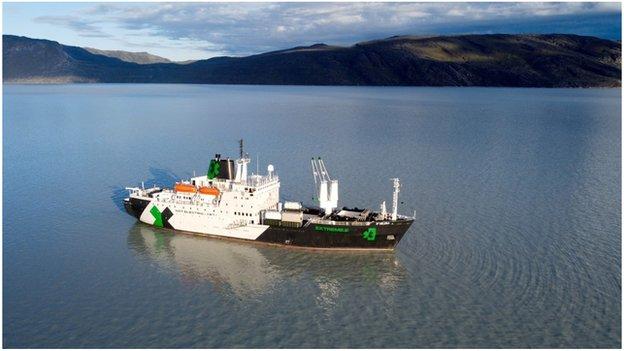 The St Helena 'floating paddock' arrives in Greenland
The St Helena 'floating paddock' arrives in GreenlandHow did the women fare against the men?
The best female driver was considered by many to be 33-year-old Taylor of Rosberg's team. She was one of a number of female drivers who were considered to have become the equal of many of their male competitors as the season progressed, despite a clear gulf in experience at motorsport's elite level.
Taylor herself is already benefiting from the extra work every driver needs - male or female - off the back of strong performances. In January she competes at the prestigious Dakar Rally in a lightweight buggy.
"It's been a great season," says Taylor, a rally driver by trade. "But I never really tried to rank myself - I just want to do my best.
"There's not enough women in the WRC [World Rally Championship], but that's something we've got to work to try to improve."
 F1 team McLaren will enter a car in Extreme E next season
F1 team McLaren will enter a car in Extreme E next seasonIs the future of motorsport electric?
The impact on female participation is real, then, but how long will that take to reach the Formula 1 grid remains to be seen.
The reach of Extreme E is considered by its leaders to be around 100 million for a TV audience - an impressive number for a sport in its infancy, but dwarfed by that of F1, which in 2019 claimed to be 1.9 billion.
Motorsport's biggest influencer has come under fire for its approach to climate change, but has its own targets, with a net carbon zero footprint set for 2030. F1 currently creates around 250,000 tonnes of carbon across a significantly longer, 20+ race season.
Around a third of all carbon emissions are down to humanity's need to move around, so convincing an audience known as 'petrolheads' still has its challenges.
Extreme E's Odyssey 21 vehicle kicks 400Kw of power and has an impressively seamless distribution of 550bhp.
They, and similar production versions, will be a desirable status symbol which removes the gas-guzzling tag of the much-maligned Chelsea tractor at the school gates.
And last September, according to the Society of Motor Manufacturers and Traders, more new electric cars were sold than across the whole of 2019.
But other racing series, such as F1, believe battery technology has its own environmental problems - such as the sourcing of cobalt and lithium - and that alternatives including sustainable fuels are just as valid.
"We need every tool in our arsenal - electric is part of the solution but not the full solution," says Agag. "But we cannot use sustainable fuels as an excuse not to go electric.
"We are here for the long term. Next year we are talking with different oil companies about becoming our carbon capture partner.
"Carbon capture is going to be very necessary - without removing carbon from the atmosphere we will not achieve the targets which are in the Paris Agreement."
After around 100 years, the principle of motorsport to "win on Sunday and sell on Monday" remains key.
The race for change, though, has only just begun.

- How do you find Hugh Grant? Call in a Love Actually co-star and Gregg Wallace, of course
- Your film night sorted: From Spider-Man Homecoming to Christmas classics


 2 years ago
24
2 years ago
24
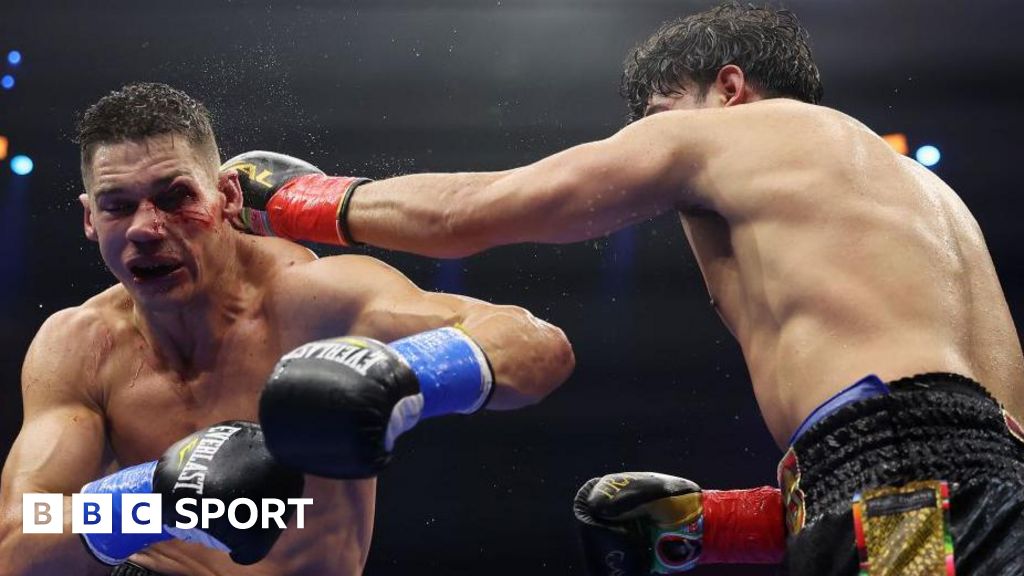
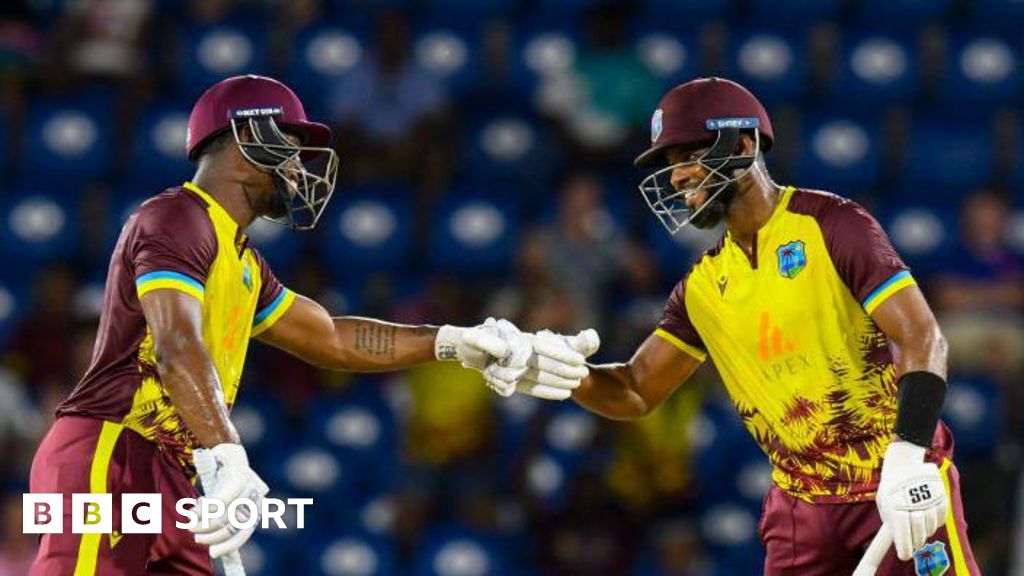
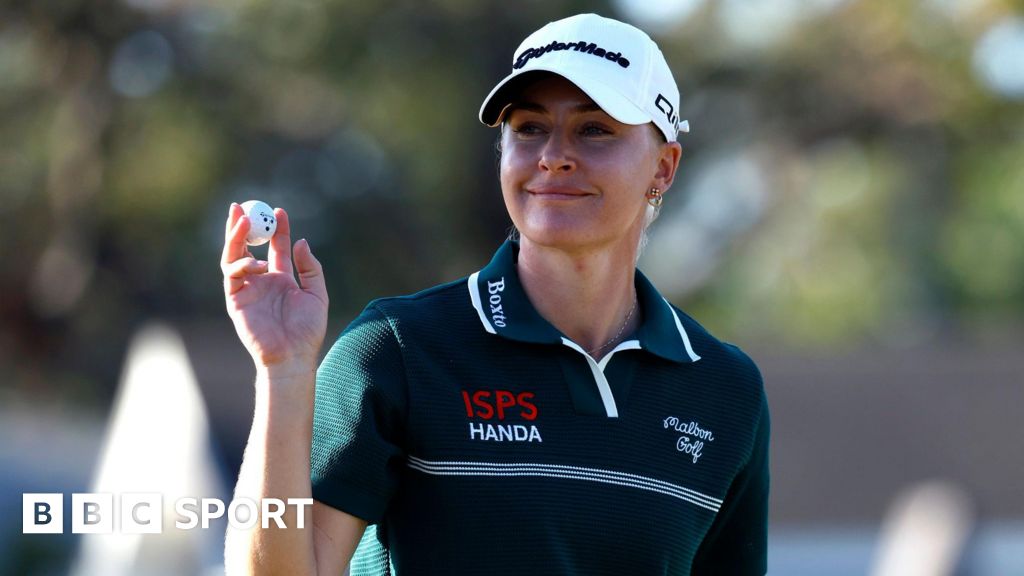





 English (US)
English (US)